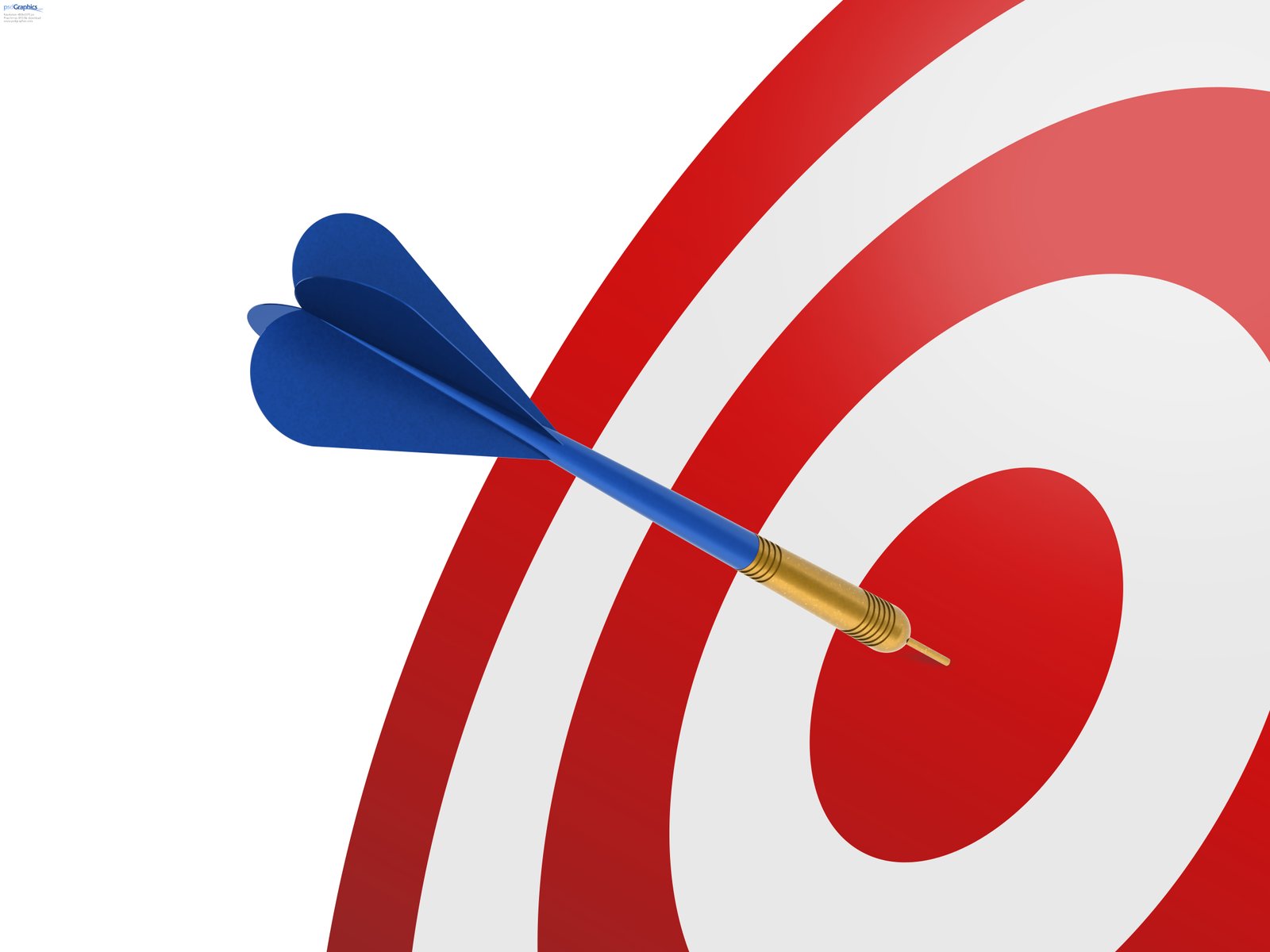For this blog post, I’m going to focus my research on a
company that I personally am rather loyal to and certainly support.
As we get closer and closer to winter, some mountains
already having received their first snowfalls, my thoughts continue to be about
snow and snowboarding.
One company in particular that I’ve purchased from in the
past and will continue to purchase from because of the quality of their
products is, Burton.
Burton was started in 1977 by Jake Burton in Londonderry,
Vermont. The first board he sold was called the Backhill. Since then, the
company has expanded and become the largest snowboard brand in the world.
“Our commitment is to make
Burton as respected for our environmental and social impact as we are for our
products.”
Target Market: Due
to the specificity of the types of products Burton offers, mainly snowboards
and other products for snowboarding such as bindings, boots, and clothing, the
target market is specific too. The target market is snowboarders. Because
Burton sells youth equipment as well, it’s important for them to target the
younger generations and their parents too.
Social
Responsibility: “We have a responsibility to the sport we pioneered - and to the
people and environment that sustain it.” Burton is a very socially responsible company. They
recognize the climate change issues and take them very seriously. They support
many different environmental organizations including Protect Our Winters. Since
2008 Burton has been striving towards using more sustainable materials and
making eco friendly decisions. Their involvement in protecting the Earth is
fascinating.
Product: Burton’s
main product is snowboards. Nowadays, they make a large variety of boards. They
have boards for men, women and youth. Their boards are designed for certain
styles of riding as well, such as a park board or an all mountain board. In
addition to boards, Burton offers a variety of boots, bindings, apparel and
accessories. All of their products are designed to attract the same target
market, snowboarders.
Place: Burton’s
products are marketed and sold worldwide. Burton has it’s own stores including
the one in Burlington. Burton goods can be purchased in over 4000 stores, in
addition to it’s own. Burton’s products are also available through many store
websites online.
Promotion: For
promoting their company and its products, Burton sponsors riders such as Shaun
White and Hannah Teter. Burton also has sponsored terrain parks including a
park at Killington. Burton supports young riders in a program called Learn to
Ride. Burton has paired up with many organizations to get their name out in
other ways too.
Price: As far as
snowboards go, Burton’s prices start out at around 300-400 dollars and increase
up to $1500. Their apparel lines also have a range but they tend to be higher
end jackets and pants, making them more expensive than some other brands. As
far as for the specific market they are in, the prices are similar to
competitors such as Ride.
Burton is a company that others should strive to be like.
Their products are high quality, built for performance but also built to last.
Their company is very respectable and its growth is encouraging. From Jake
Burton’s garage to around the globe, Burton has been an incredible success.
Their interest and concern with the environment is very reputable as well.
A piece of advice: Know the companies you are supporting! Do
the research and enjoy whatever it is you decide to buy.










